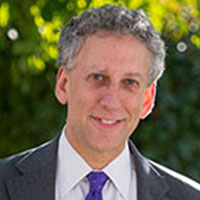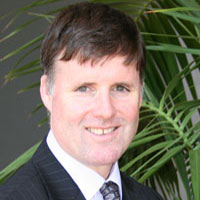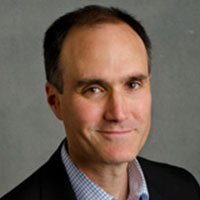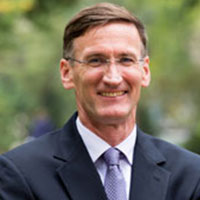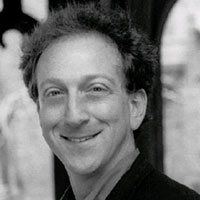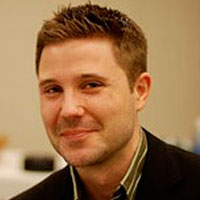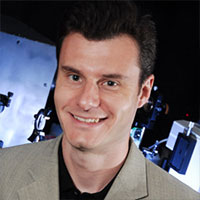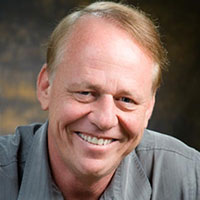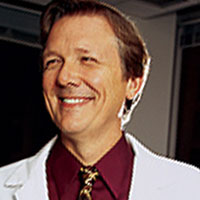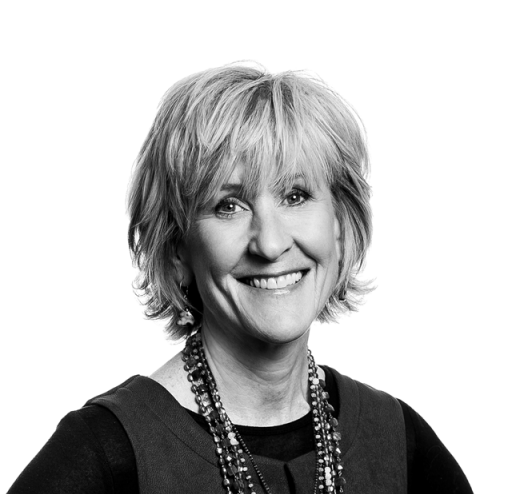 The Impact of Technology: Medicine, the Arts, Engineering and Design, Journalism and Communications.
The Impact of Technology: Medicine, the Arts, Engineering and Design, Journalism and Communications.

History and Sociology of Science
Wednesday, September 19, 2012
Context for Weighing the Impact of Technology
A writer on technology once wrote that “Americans confront a world in which everything changes and nothing moves.” My presentation will defend the counter-intuitive claim that–despite the dramatic technological advances of the past century–the basic social contract of this nation has remained largely stable for the past one hundred years. For it was about one hundred years ago that a new form of technological citizenship took shape redefining the relations between ordinary citizens, the state, and corporate capitalism. I will take as my text an essay entitled “The Dynamo and the Virgin,” which appears in one of the most famous American autobiographies, The Education of Henry Adams, by Henry Adams, scion of the presidential family and brilliant historian. The essay recounts Adams’ visit to the Paris world’s fair of 1900 and his effort to comprehend a world of continual technological innovation and its implications for art and meaning and citizenship. Adams prompts us to ask how we should think about technological change in our own era.
The Amazing World of New Materials
Wednesday, October 3, 2012
Copper is one of the most ancient metals used by civilizations worldwide, and remains the metal of choice for modern cast sculptures. In this talk, I give three examples, spanning three continents and two millennia, of copper objects whose metallurgical structure, as investigated by advanced methods, provides insights in their historical, societal and technological context. First, I describe Chinese bronze fragments from large, intricate ceremonial vessels used two millenia ago, from the collections of the Art Institute of Chicago (AIC). Synchrotron x-ray methods allow for non-destructive examination of these fragments as well as priceless complete objects from the AIC collections. Second, I turn to copper fragments from a recently-excavated workshop in Cahokia (now in southern Illinois), the largest pre-Columbian North American city. A “forensic” analysis of the metal microstructure sheds light on the methods used to hammer copper nuggets into ceremonial breastplates. Finally, I focus on bronze and brass sculptures from the AIC collection, cast in Europe in the 20th century, from masters ranging from Matisse to Picasso. The chemical composition of these sculptures provides evidence on the foundry, casting method, age and provenance of these modern masterpieces. Virtually all materials used in practice consist of more than one chemical component. A classic example is sterling silver, which is a mixture of silver and copper. Pure silver is far too soft to use in most applications, so copper is added to strengthen it. In the past, the amount of copper needed to achieve the desired strength has been determined using considerable trial-and-error experimentation. Today we find ourselves at the threshold of a radically new approach to develop, or design, new materials in which materials are created and tested using computers. Computational approaches can now create vast catalogs of materials and their properties that have never been made. This has led to the Obama administration’s recently announced Materials Genome Initiative that promises to alter the manner in which materials, from engine blocks to battery components, are created. Illustrations of computational materials discovery and design will be given.
Speakers
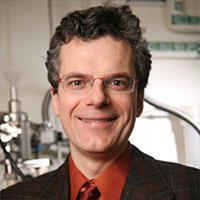
David Dunand
- James N. and Margie M. Krebs Professor of Materials Science and Engineering
- Co-director, Initiative for Sustainability and Energy at Northwestern (ISEN)
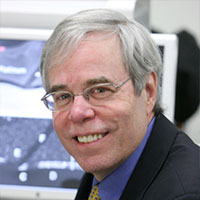
Peter Voorhees
- Frank C. Engelhart Professor of Materials Science and Engineering
- Professor of Engineering Sciences and Applied Mathematics
Technology in the Battle Against Cancer
Wednesday, October 10, 2012
Using Nanoscience to Impact Medicine
Wednesday, October 17, 2012
Cancer being cured, humans living to be 150 years old, therapies tailored to the individual patient – science fact or science fiction? Nanotechnologists are discovering and developing new ways of diagnosing, treating, and monitoring diseases, which may make these concepts that seem like science fiction now, reality in the very near future. Indeed, some of the biggest breakthroughs being made in nanotechnology today apply to the medical field and include the development of highly sensitive and selective, point-of-care medical diagnostic tools, the first ways of detecting and genetically identifying circulating tumor cells, and powerful new methods for effecting gene regulation using novel nanostructures called spherical nucleic acids. These methods have the potential to change the way we study and treat some of the world’s most debilitating diseases, including cancer, cardiovascular disease, and Alzheimer’s disease. Come and hear about these small structures and how they are making a big impact on biology and medicine!
Speakers
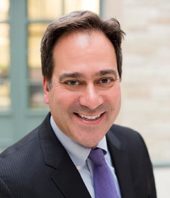
Chad Mirkin
- The Mirkin Research Group
- Director, International Institute for Nanotechnology
- George B. Rathmann Professor of Chemistry
- McCormick School of Engineering and Applied Science
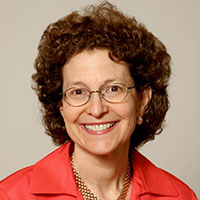
Amy Paller, MD
- Chair, Department of Dermatology
- Director, Northwestern University Skin Disease Research Center (SDRC)
- Walter J. Hamlin Professor of Dermatology
- Professor of Dermatology and Pediatrics (Dermatology)
Technology Remaking the Arts
Wednesday, October 24, 2012
Speakers

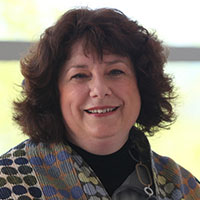
Lisa Corrin
- Ellen Philips Katz Director, Mary and Leigh Block Museum of Art
- Senior Lecturer, Art History, Weinberg College of Arts and Sciences
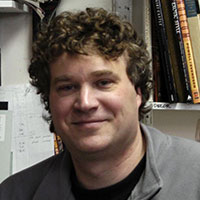
Todd Rosenthal
- Associate Professor, Theatre and Interpretation Center, School of Communication
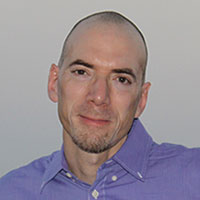
Developing New Technologies for the Media
Wednesday, October 31, 2012
The complementary strengths of journalists and technologists lead to the creation of better information products and services for the reader / user / consumer, and collaboratively educating students who are pursuing degrees in either discipline is a key element in the disciplined creation of innovation.
Speakers
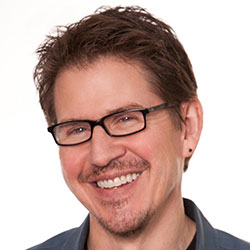
Kristian Hammond
- Professor of Computer Science
- McCormick School of Engineering
- Faculty Profile
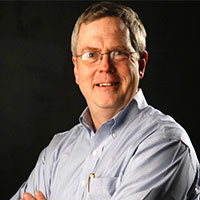
Owen Youngman
- Knight Professor of Digital Media Strategy, Medill School of Journalism, Media, Integrated Marketing Communications
Regenerative Tissue and Sensors
Wednesday, November 7, 2012
Technology Enhanced through Design
Wednesday, November 14, 2012
Speakers
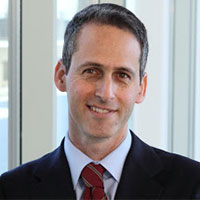
Gad Allon
- Professor, Managerial Economics, Decision Science, and Operations Management, Kellogg School of Management
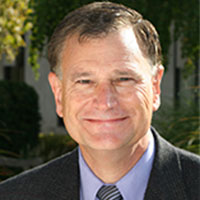
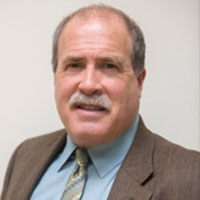
Jake Julia
- Associate Vice President for Change Management
- Associate Provost for Academic Initiatives
